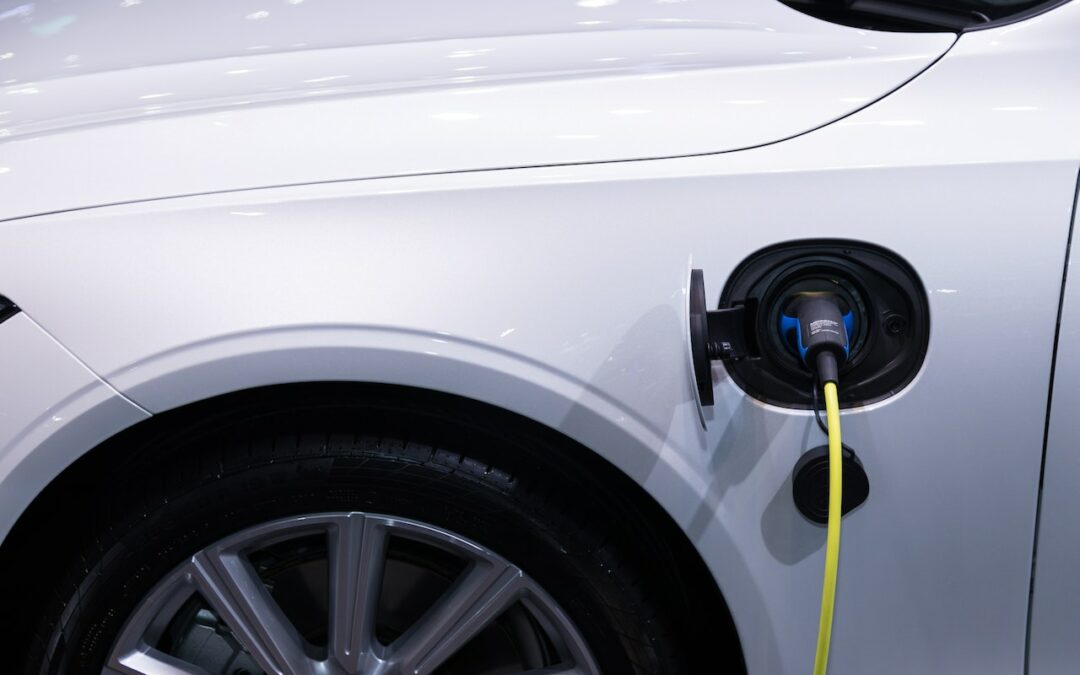


Kia EV3 named DrivingElectric’s 2025 Car of the Year
Kia’s latest electric SUV is a “superb package with vanishingly few weak spots,” said the judges from Auto Express’ sister site, DrivingElectric.com

Hydrogen production tax incentive gets green light
Australian electrolyser company Hysata has welcomed the passing of legislation in the Senate that gives the green light to establish a hydrogen production tax incentive in Australia.
The initiative will provide a $2 incentive per kilogram of renewable hydrogen produced for up to 10 years, between 1 July 2027 and 30 June 2040, for projects that reach final investment decisions by 2030.
“Passing of this legislation strengthens Australia’s hydrogen prospects and sends a positive signal to the rest of the world that hydrogen will be an important part of Australia’s clean energy future,” said Hysata CEO Paul Barrett. “Hydrogen can decarbonise Australian heavy industry and unlock export opportunities by using hydrogen as a chemical feedstock in the hard-to-abate sectors.
“With Hysata’s high efficiency electrolysers, Australia has the technology, capability and now the beginnings of policy needed for Australia to be a competitive location for hydrogen production. We look forward to seeing the rollout of the federal government’s holistic hydrogen agenda, including Hydrogen Headstart and support to build sovereign capability in electrolyser manufacturing.”
The Australian Government is investing $4 billion in the Hydrogen Headstart program. Headstart will provide revenue support for large-scale renewable hydrogen projects through competitive hydrogen production contracts.
This investment plans to:
accelerate development of Australia’s hydrogen industry
catalyse clean energy industries
help Australia connect to new global hydrogen supply chains.
Image credit: iStock.com/Scharfsinn86

How to Recycle Unwanted Clothes: Myths, Realities, and Practical Tips
Our editors curate highly rated brands that are first assessed by our rigorous ratings system. Buying through our links may earn us a commission—supporting the work we do. Learn more. The majority of discarded clothes are destined for landfill—but it doesn’t have to be this way. Here’s how to recycle them properly. The state of […]
The post How to Recycle Unwanted Clothes: Myths, Realities, and Practical Tips appeared first on Good On You.

How microbes clean the atmosphere
Microbes are microscopic living things found in water, soil, the air and animals’ bodies. There are millions of microbes within the human body. Also known as microorganisms, some microbes make people unwell, while others are important for our health. The most common types are bacteria, viruses and fungi.
While microbes often get a bad rap, they can be beneficial in surprising ways, including by helping to remove harmful carbon monoxide (CO) from the atmosphere.
Over two billion tonnes of the deadly gas are released into the atmosphere globally each year; microbes consume about 250 million tonnes of this, reducing CO to safer levels. Now, Australian researchers have made a significant discovery about the way microbes carry out this important task.
Their study, which was led by Monash University and has been published in Nature Chemical Biology, investigated how microbes consume atmospheric CO at an atomic level. It found that they use a special enzyme, called the CO dehydrogenase, to extract energy from the universally present but highly toxic gas.
Co-first author Ashleigh Kropp, from the Monash Biomedicine Discovery Institute’s (BDI) Greening lab and The University of Melbourne’s Grinter lab, said the study showed for the first time how this enzyme extracts atmospheric CO and powers cells.
“This enzyme is used by trillions of microbes in our soils and waters. These microbes consume CO for their own survival, but in the process inadvertently help us,” Kropp explained.
Co-first author Dr David Gillett, who completed his PhD research in the Greening lab, described the phenomenon as a fantastic example of microbial ‘ingenuity’, demonstrating how life has evolved ways to turn something toxic into something useful.
“These microbes help clean our atmosphere,” Gillett said. “This counteracts air pollution, which kills many millions of people each year, and also reduces global warming given CO is indirectly a greenhouse gas.”
While the team’s discovery is unlikely to be directly used to combat or monitor CO emissions, it deepens our knowledge of how the atmosphere is regulated and how it might respond to future changes.
Professor Chris Greening, co-senior author and head of BDI’s Global Change Program, said the discovery highlighted the broader importance of microbes.
“Microbes play countless roles essential for both human and planetary health. Yet, because they’re invisible and often misunderstood, their contributions frequently go unnoticed,” he said.
Kropp said microbes are a big reason why our air was breathable. “They make half the oxygen we breathe and detoxify various pollutants like CO. It’s crucial we better understand and appreciate how they support our own survival,” she said.
The full paper, titled ‘Quinone extraction drives atmospheric carbon monoxide oxidation in bacteria’, can be read here.
Image caption: The molecular architecture of the specialised enzyme that allows microbes to consume toxic CO from the atmosphere. Image credit: Ashleigh Kropp and Dr David Gillett.
